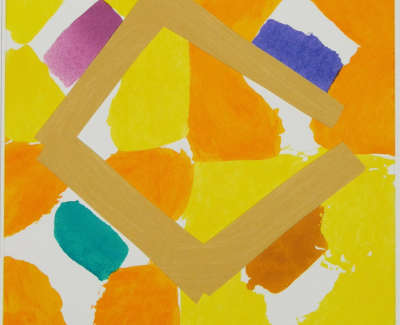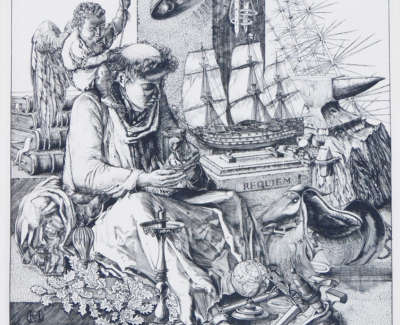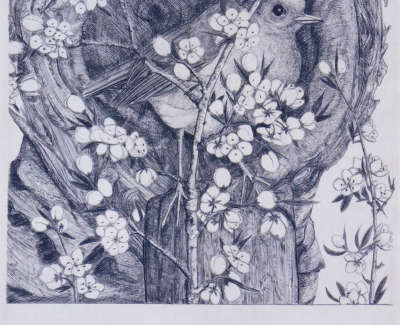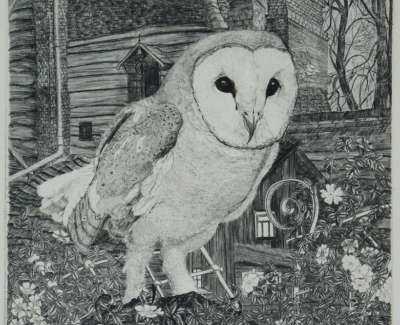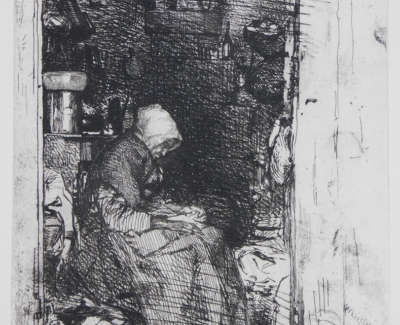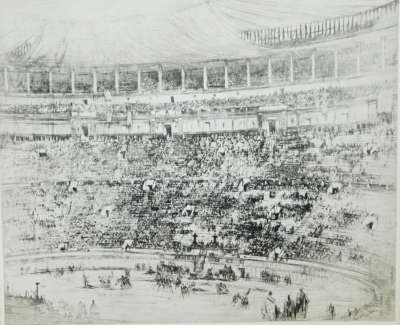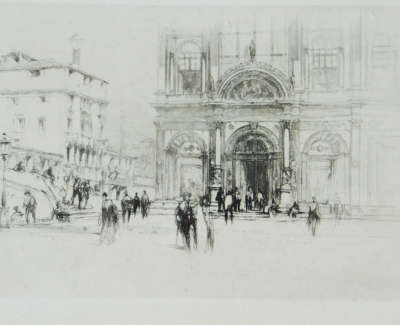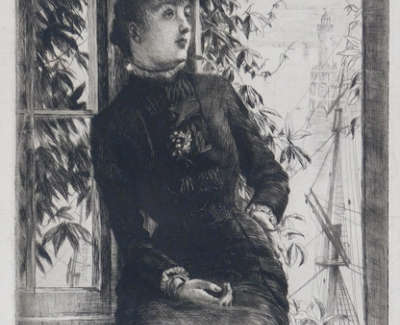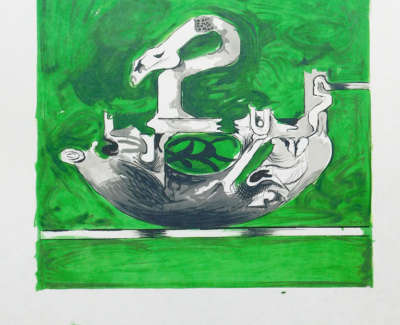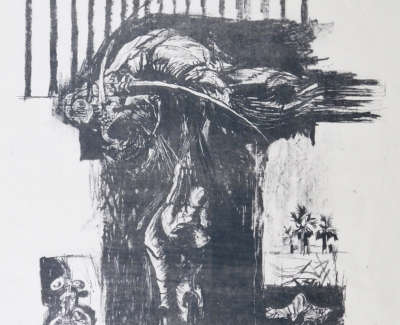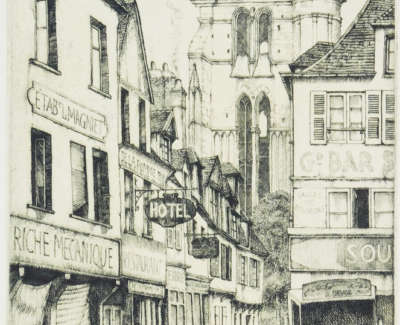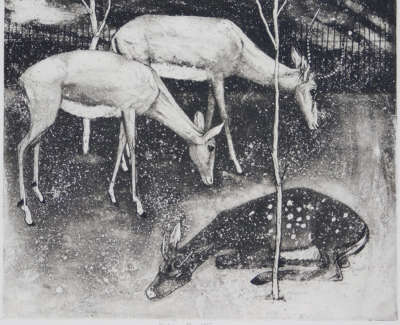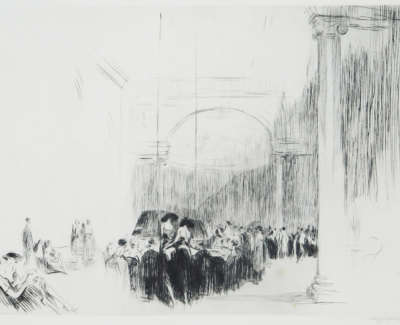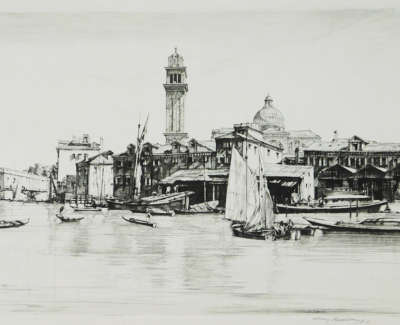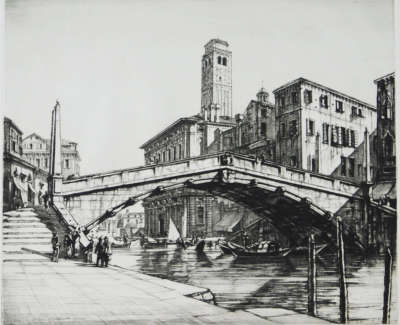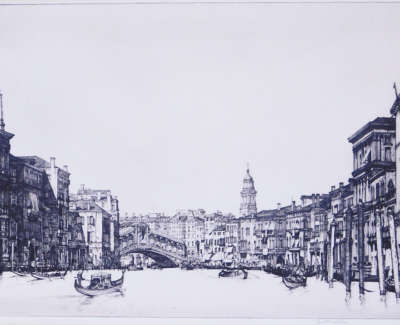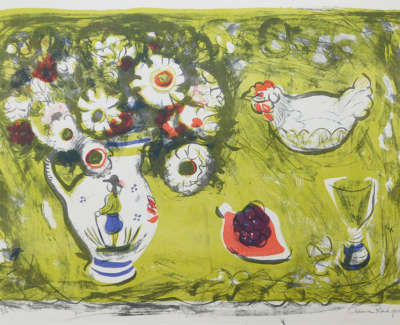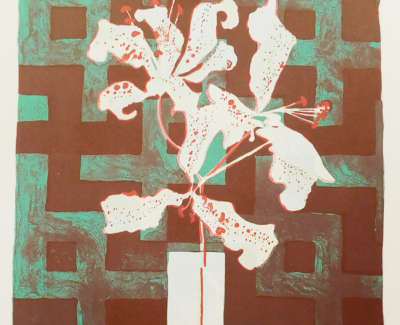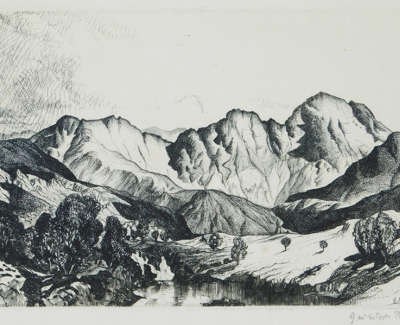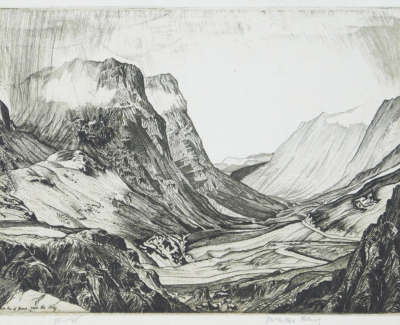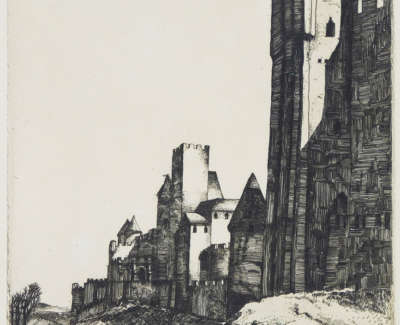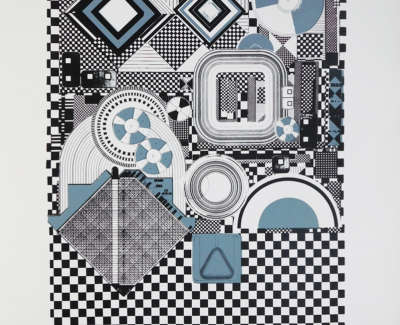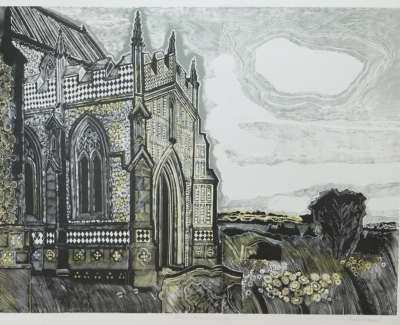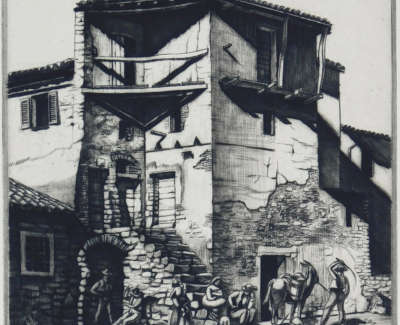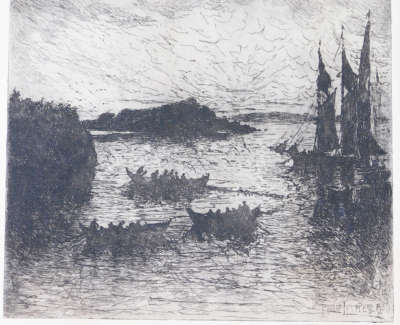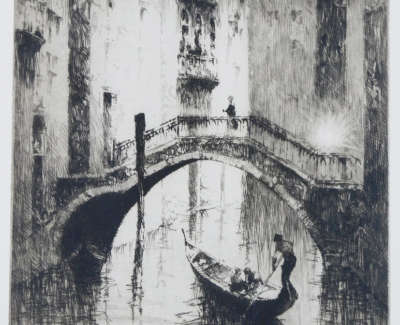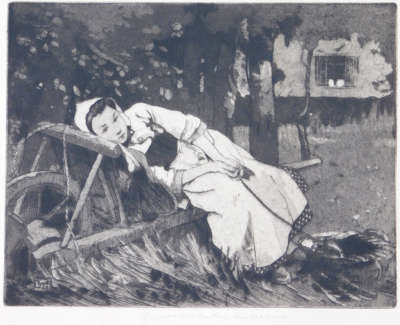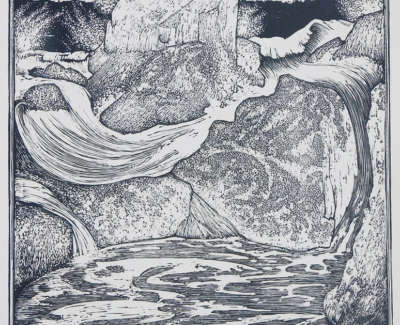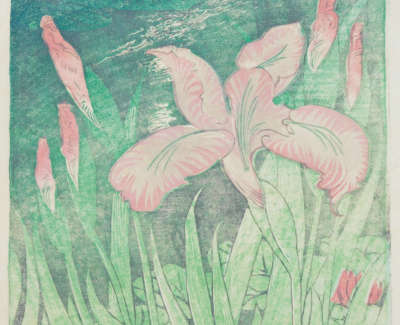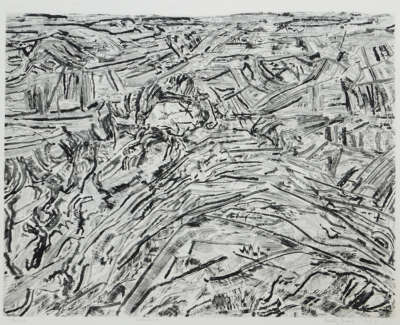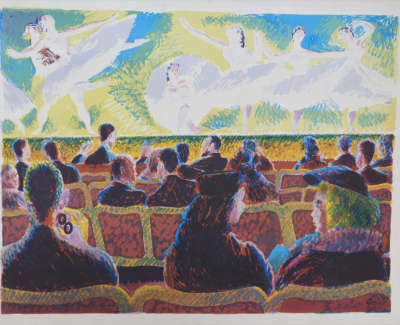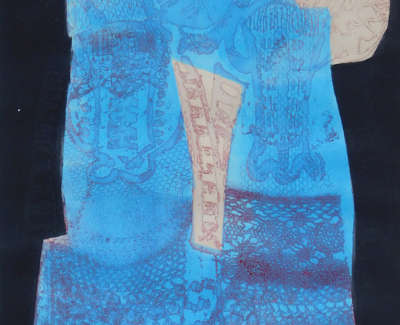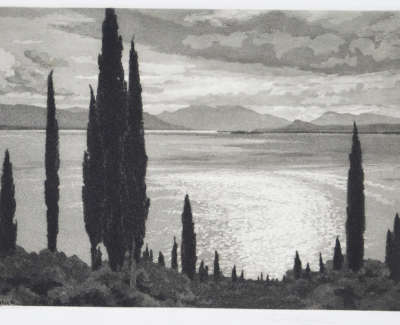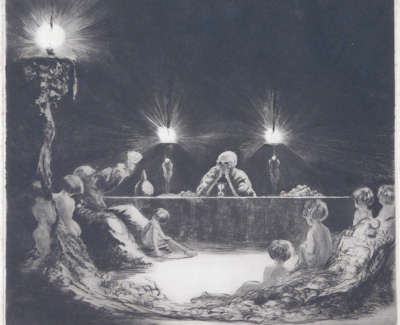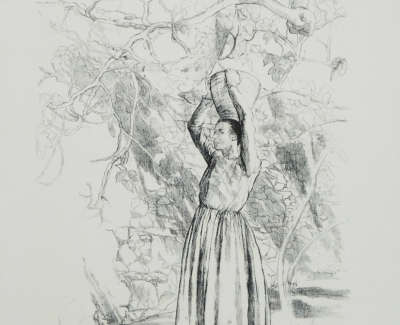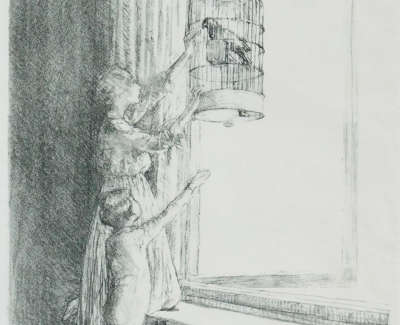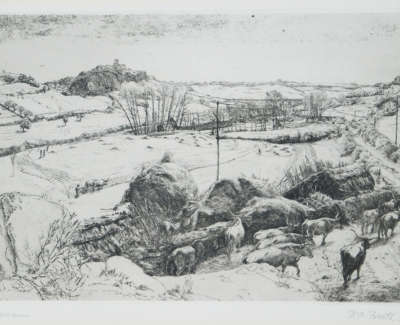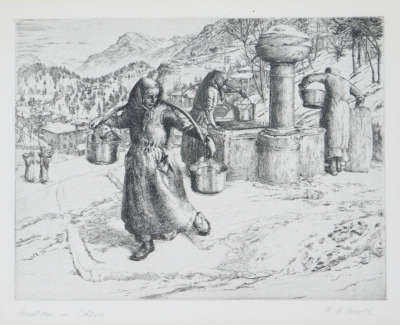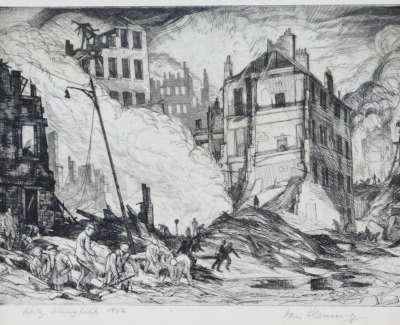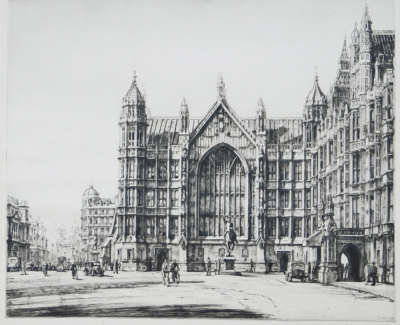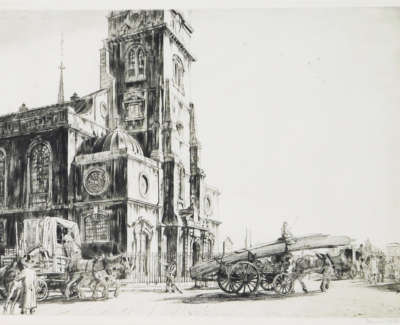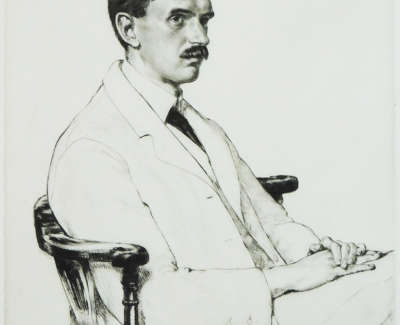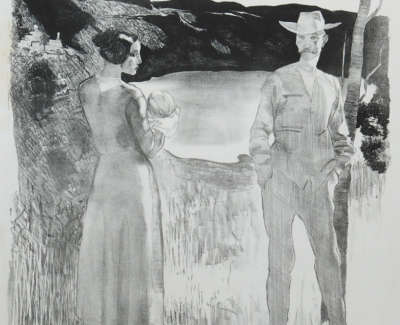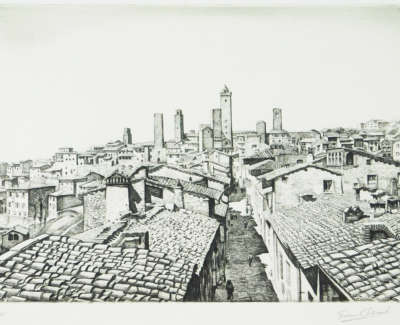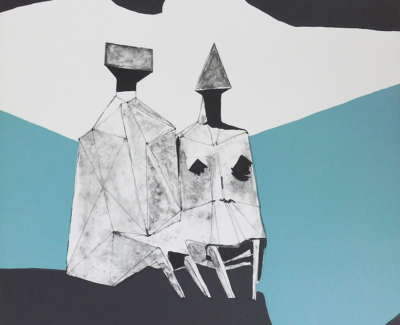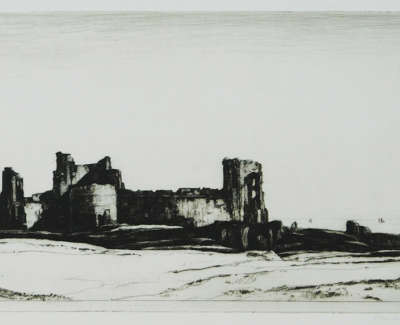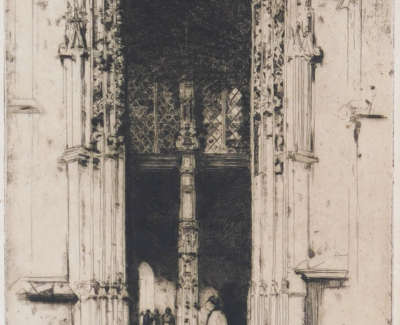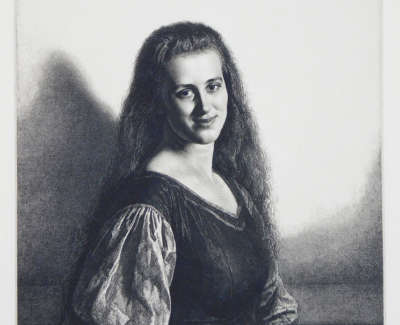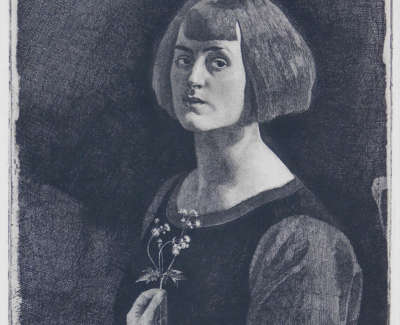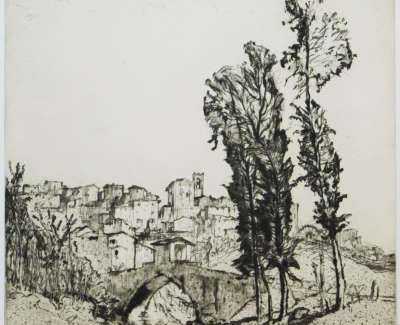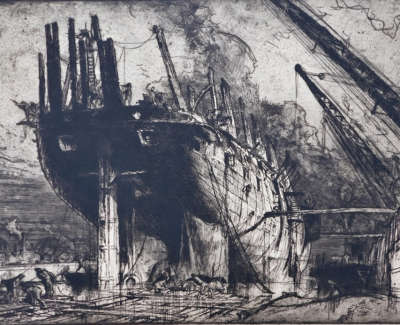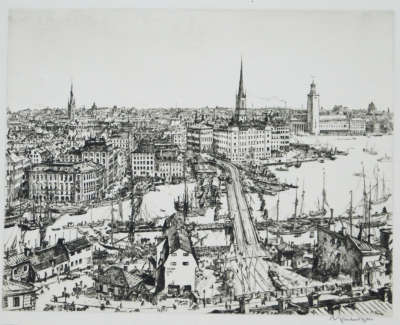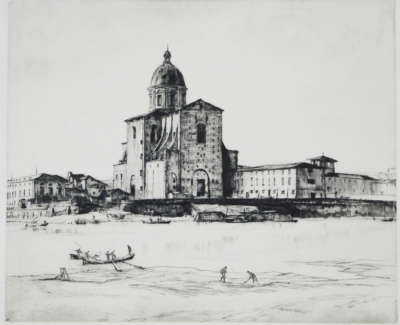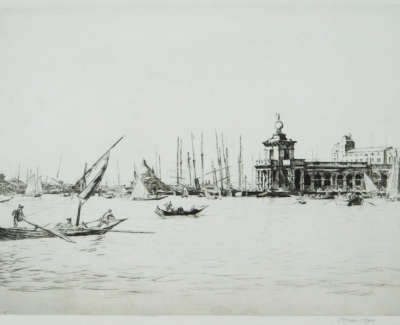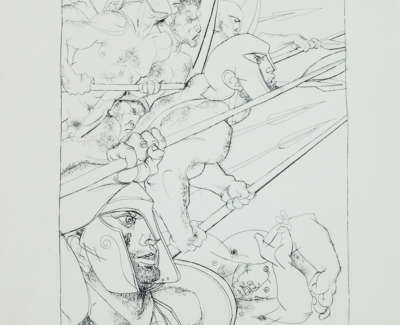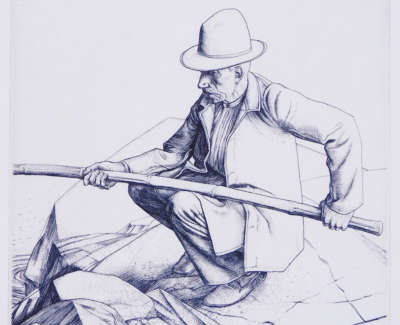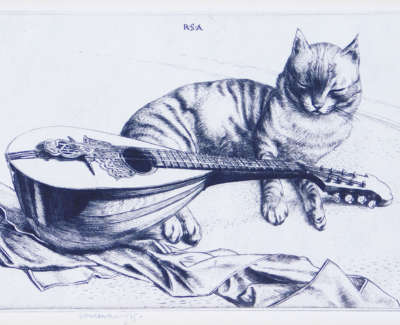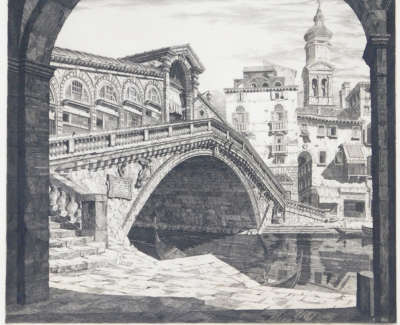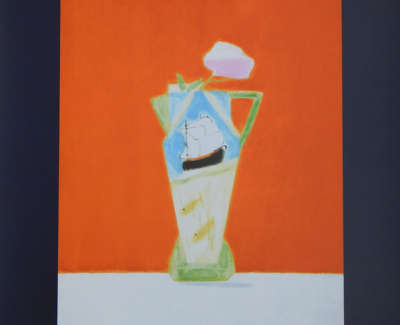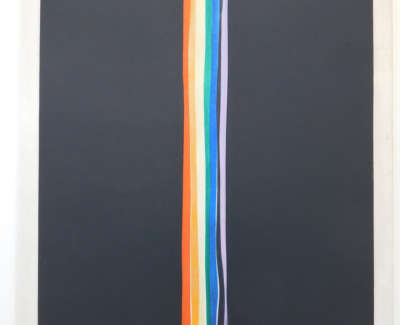Whistler to Blow - 150 Years of British Printmaking
From J. M. Whistler to Sandra Blow, original printmaking in Britain has been practised by the leading artists of the day. Starting in the middle of the nineteenth century with the Etching Revival and continuing through to the twenty-first century this period has witnessed exciting developments in all forms of printmaking.
The revival in British printmaking has its roots in the formation of the Etching Club in 1838 and gained momentum with the foundation of the Society of Painter-Etchers in 1880. The early twentieth century saw advances in original lithography and the founding of the Senefelder Club. New printmaking techniques were introduced such as linocut and woodcutting in the Japanese style and following the First World War, wood engraving underwent a revival particularly in the field of book illustration.
Etchings enjoyed enormous popularity during the 1920s and major collections were formed by museums in Britain and abroad as well as by private collectors. Specialist dealers and publications such as Fine Prints of the Year and the Print Collectors Quarterly fuelled the demand. Etchings also became the subject of speculation and were kept as investments and used as securities, particularly high prices being obtained between 1925 and 1927. The major printmakers became celebrities and their exhibitions sold out in days, indeed Allan Gwynne-Jones recorded that the entire edition of his etching Barns and Pond, Evening, was sold out in fifteen minutes. In a relatively short period of time original printmaking had risen from the depths of obscurity to the forefront of the art market.
Following the Wall Street Crash of 1929 and post-war austerity, there was a decline in printmaking but by the 1950s a revival was again underway. From the 1960s British printmaking grew rapidly with the expansion of professional printing studios such as Kelpra and Curwen Presses. Pioneering printmakers such as Eduardo Paolozzi explored the boundaries between art, technology and popular culture and screenprinting was to become the dominant print process of the latter quarter of the twentieth century with many major artists choosing this medium.
This exhibition 'Whistler to Blow' attempts to illustrate the rich diversity, scale and importance of British printmaking during this period and is in association with John Anderson.



